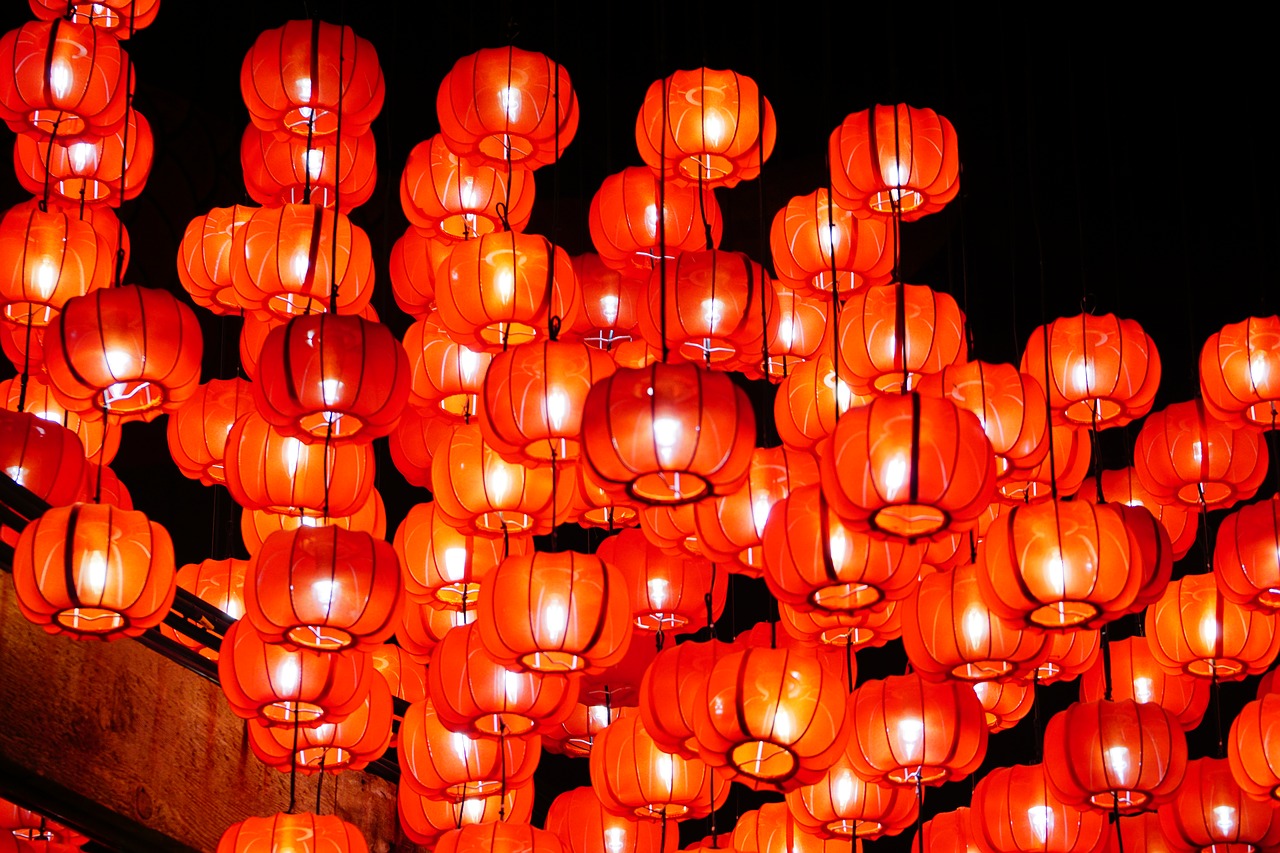The ancients say: “Fortune and misfortune do not come through the door; only we ourselves invite them.” The happiness and suffering we experience are entirely of our own choosing. If not for one’s innate attributes, nothing can harm us – not the raging fire in hell, the hunger and thirst in the hungry ghost realm, or the evil spirits and wild beasts in this world. Our foremost enemy is self-attachment. It is this attachment that gives rise to greed, anger, delusion, and arrogance.
~Depicted from THE FOUR SEALS OF DHARMA - All Phenomena Lack Self-Existence











